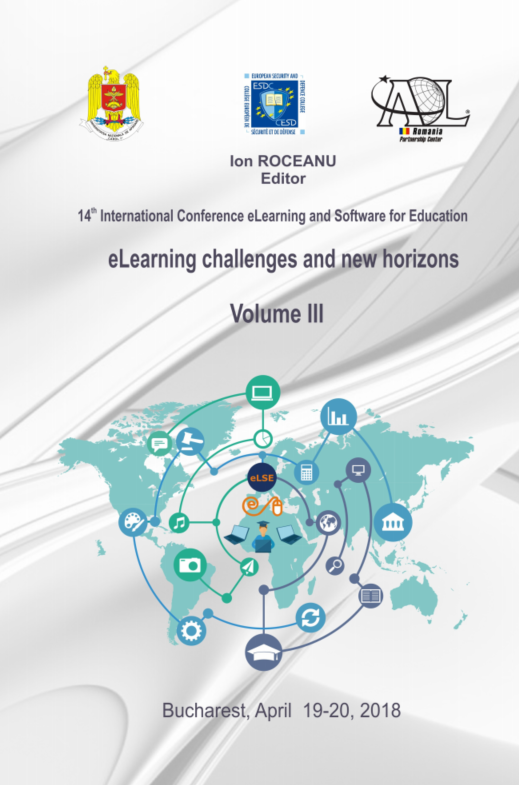The Advantages of Using Virtual Learning Environments for Study Biomedical Instrumentation Basic Circuits
The Advantages of Using Virtual Learning Environments for Study Biomedical Instrumentation Basic Circuits
Author(s): Doru Andriţoi, Cătălina Luca, Radu CiorapSubject(s): Social Sciences, Education
Published by: Carol I National Defence University Publishing House
Keywords: computer-based education; learning environment; biomedical instrumentation; electronic circuits;
Summary/Abstract: Often, computer-based education is associated with distance learning in contrast to face-to-face education. The differences between the two educational solutions tend to fade away, influenced by the new forms and educational solutions that are born with technological developments. Although the use of software elements in the study of electronic circuits has been introduced for some time, most applications are limited to providing useful information, formulas or making virtual simulated electrical circuit in ideal conditions. The concept of interfacing elements from classical electronics by making electronic circuits on a breadboard using real components with virtual tools creates a new learning environment with many advantages. A virtual learning environment is a specially designed information space that facilitates the learning process in a traditional way that includes a set of teaching tools designed to improve the learner's educational experience. Learning to use a tool like Educational Laboratory Virtual Instrumentation Suite from National Instruments eliminates the need for bulky equipment in the lab and also allows for the design of customized tools that can be used and reused for specific projects regarding biomedical instrumentation. The active role of the teacher is manifested, in this case, in a different way from the lessons done without computer support. Its presence is discreet, but important; it is the one that sets the time and methods of applying the method as an alternative to classical methods. What is characteristic and very important for these learning environments virtual refers to the active, creative role of learners.
Journal: Conference proceedings of »eLearning and Software for Education« (eLSE)
- Issue Year: 14/2018
- Issue No: 03
- Page Range: 365-368
- Page Count: 4
- Language: English

